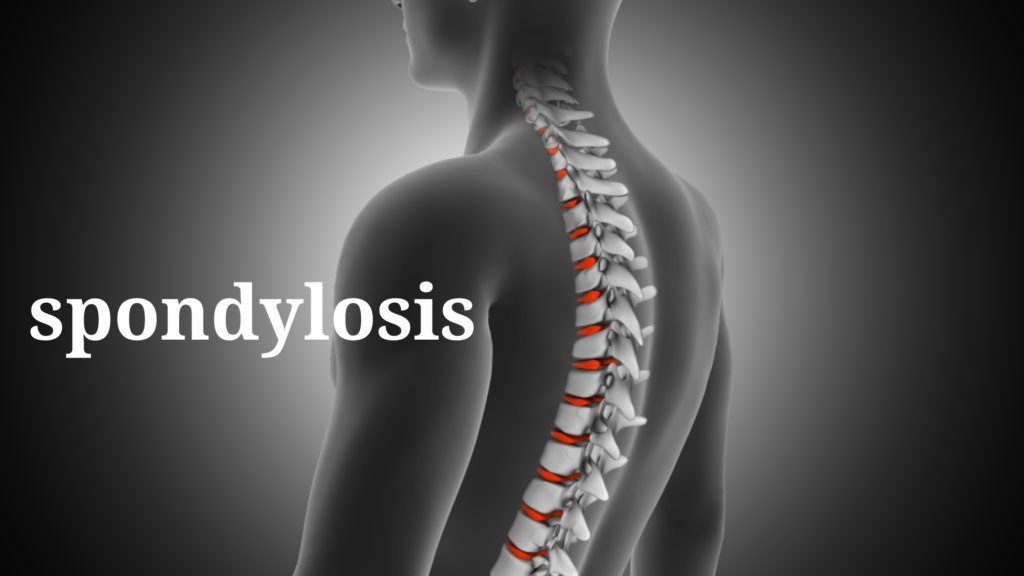🦴 What is Spondylosis?
Spondylosis is a degenerative condition of the spine often related to aging. It refers to wear and tear of the spinal discs, joints, and bones, most commonly in the neck (cervical spondylosis), but it can also affect the lower back (lumbar spondylosis) or mid-back (thoracic spondylosis).
It is not a disease but a general term for spinal degeneration, including disc degeneration, bone spurs, and stiff ligaments.
🧓 Who is Affected?
Very common in people over 40 years old
Both men and women
Risk increases with age, occupation (e.g., heavy lifting), poor posture, and past spinal injuries
🔍 Causes:
Aging – natural degeneration of spinal discs and joints
Loss of disc height – discs dry out and shrink with age
Bone spurs (osteophytes) – form to compensate for weakened joints
Stiff ligaments – reduce flexibility
Herniated discs – disc material may press on nerves
Previous injuries or repetitive strain
⚠️ Symptoms:
Many people have no symptoms. If symptoms occur, they may include:
🌀 Neck or back pain (worsens with activity or prolonged sitting)
🧱 Stiffness, especially in the morning
⚡ Numbness or tingling in arms or legs (if nerves are compressed)
🦵 Muscle weakness
🧠 In severe cervical cases: loss of balance, difficulty walking (cervical myelopathy)
🧪 Diagnosis:
Physical exam – test reflexes, strength, and flexibility
X-rays – show bone spurs or disc space narrowing
MRI or CT scan – show soft tissue, nerve compression, or disc herniation
EMG/Nerve conduction studies – if nerve damage is suspected
💊 Treatment:
🩺 Conservative (most cases):
NSAIDs (e.g., ibuprofen) for pain and inflammation
Physical therapy to strengthen muscles and improve posture
Hot/cold therapy
Posture correction and ergonomic changes
Bracing (short-term use)
🧬 Advanced cases:
Muscle relaxants or corticosteroid injections
Surgery (e.g., spinal decompression or fusion) — only if there’s severe nerve compression or disability
✅ Living with Spondylosis:
Stay active but avoid strain
Do stretching and strengthening exercises regularly
Maintain a healthy weight
Use ergonomic furniture and practice good posture
Avoid smoking (slows spine healing)
